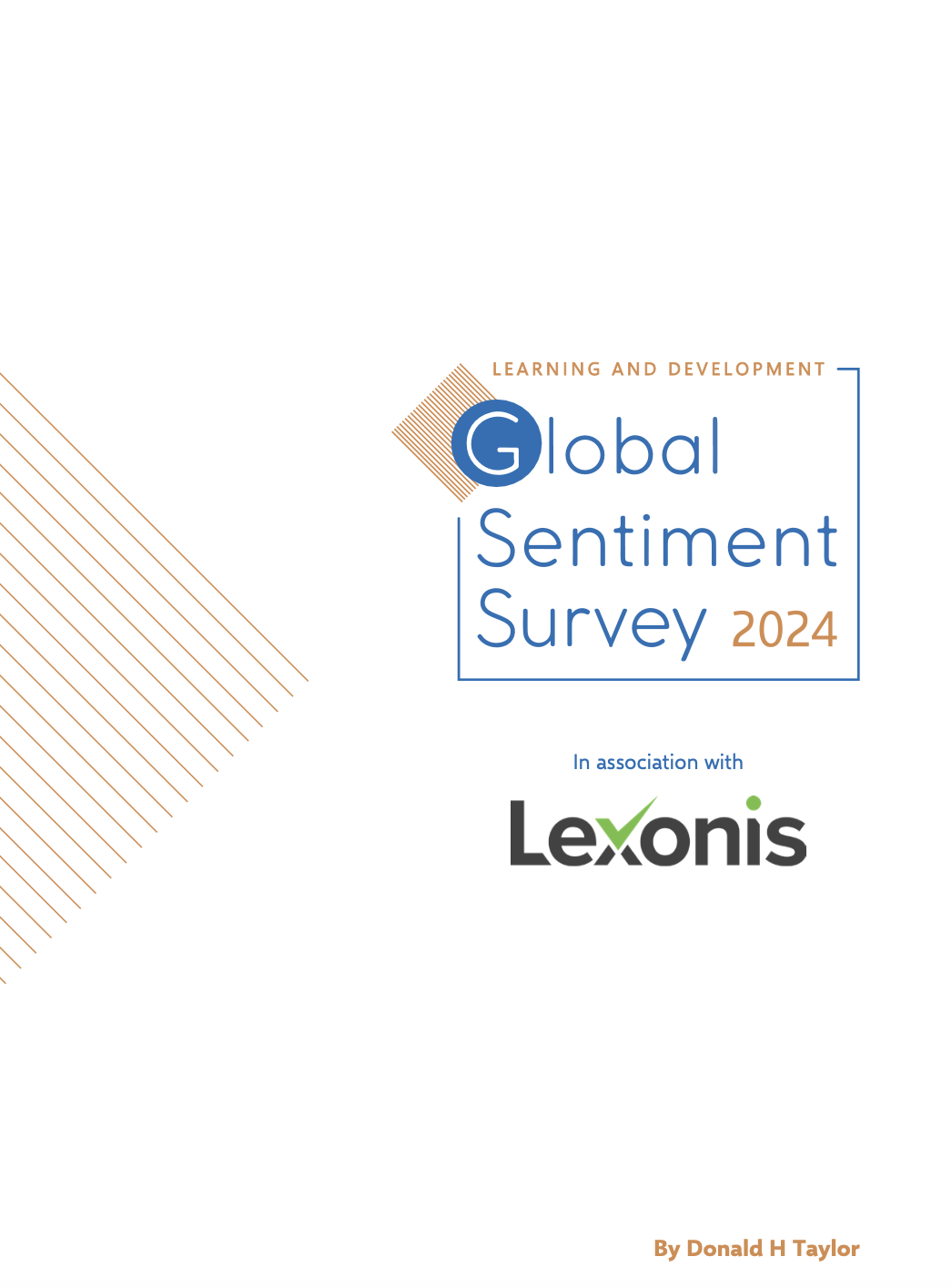Are Skills Just Data for Talent Management?
Steven Lowenthal
There’s been a lot of noise and confusion about skills and skills-based organizations. Skills are precious, no doubt, but if you think about skills simply as a data source, it all gets much simpler.

Data is ubiquitous across organizations today, from marketing to manufacturing to customer insights. In Talent Management, we use a growing number of data sets to inform and measure the success of our efforts. These include compensation, engagement, and retention data, to name just a few. Think of skills as another data set, albeit a very valuable one.
Skills data helps us understand the strengths and weaknesses of our workforce talent, informs decision-making on how to recruit, invest in, and retain talent; it also helps us focus and personalize our investment in people. For a more detailed exploration of how skills data is leveraged across Talent Management, I encourage you to read How to ensure that your skills transformation journey leads to business success.
Getting started with any new data set requires three simple steps. First, we need to Define what data we want to collect. Second, we need to Measure changes in our data, so we need to determine our method for measuring these changes. Third, we need to analyze and Act on what that data tells us. Let’s take a closer look at what this means in the context of skills.
Define
There are potentially thousands of skills to track. Of course, doing so isn’t practical or useful, so what skills should you track? Two guiding principles to help make this manageable are:
- View skills through the lens of jobs or roles because they provide the business context for how skills are applied in an organization.
- Apply the logic of the Pareto Principle that states that roughly 80% of outcomes come from 20% of the causes.
Applying these principles to skills data results in identifying the skills that are most required for successful performance in a job or role both today and into the future. Historically, this data was collected through job role analysis. Today there are skills frameworks aided by AI and other technology-driven solutions that greatly increase the efficiency with which this can be done.
Measure
Once it’s determined which skills are to be tracked, the next step is to establish a measurement process and a methodology. To measure, a scale needs to be established. For skills, this means defining proficiency levels that describe the progression of a skill from basic understanding to subject matter expertise. These levels need to be defined as actionable and measurable behaviors, so they be assessed. Here’s an example:
Once a scale is established, data needs to be collected. Data in this case means the level of expertise a given employee demonstrates for a given skill on the proficiency scale. The most straightforward way to collect data is to have employees self-assess and then have their manager or another appropriate person validate that assessment. Emerging technologies such as skills inferencing using AI review actual work products e.g. written documents, emails, meeting transcripts, and scripts to identify behaviors that indicate a proficiency level. Next data needs to be analyzed and acted upon.
Act
The outcome of skill assessments are individual employee skill profiles that can be aggregated to create a team and organization skills inventory. This is the point when the data becomes actionable. These actions play out as Talent Management applications. Below are a few examples:
- Develop personalized development plans for employees based on how their current skill levels align against their current and target roles.
- Prioritize screening for specific skills in the interview process to address a team skills gap.
- Review compensation plans based on low presence / high-need skills to increase the chances of retaining key personnel.
- Launch a capability academy to address a significant skills gap across the organization.
- Enrol a high-potential employee into an executive development program to address skill gaps that that will be critical for their succession plan.
These are just a few examples of how skills data is used to improve business performance, increase engagement, and reduce attrition. All of the activities listed can be done without skills data, but in each case, the action is more focused, personalized, and measurable using skills data.
When we start viewing skills as another type of data, albeit valuable data, the complexities of skills-based Talent Management become much more manageable. Just like other critical business data, skills data allows organizations to make informed, strategic decisions that benefit both employees and the business. It enables us to take focused action by identifying, measuring, and applying the strengths of our workforce with precision. As you begin or continue your journey into skills-based Talent Management, remember: the value of skills data lies not just in tracking proficiency but in how you leverage that information to transform your organization. Whether you’re developing individualized career development plans, addressing skill gaps, or optimizing hiring processes, thinking of skills as data ensures that your talent strategy is proactive, measurable, and aligned with business goals.
You may also like

There is a skills gap problem in the developed economies…

The business value of adopting a skills-based talent strategy and…

What is trending in workplace L&D this year? Are your…